In an increasingly interconnected world, where communication and data exchange drive the heartbeat of modern society, the role of cabling installation in shaping our infrastructure cannot be overstated. Cabling installation is the unseen force behind the seamless connectivity that underpins our daily lives and businesses. It is the lifeline that carries the digital signals, enabling us to access information, communicate globally, and power the technological advancements that define our age.
Understanding Cabling Installation
What Is Cabling Installation?
Cabling installation is the meticulous process of setting up a network’s physical infrastructure, which includes cables, connectors, and related components, to enable seamless communication and data transfer. It serves as the backbone of modern networks, ensuring that devices can connect, exchange information, and function cohesively.
Cabling installation goes beyond merely laying cables; it encompasses careful planning, precise routing, proper termination, and adherence to industry standards. Its significance lies in its ability to create a reliable and efficient network that supports various applications, from internet connectivity to voice and data transmission.
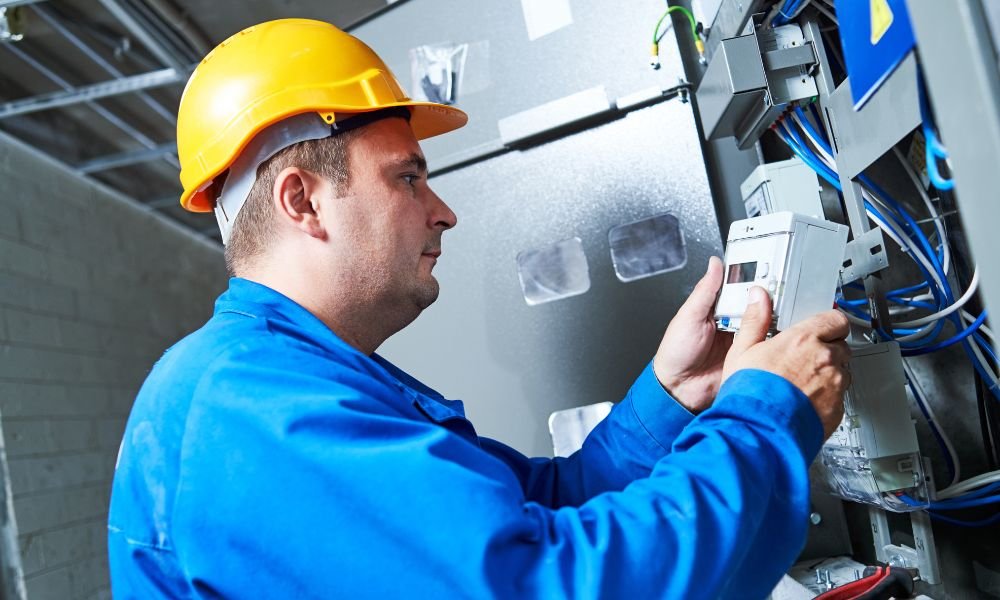
Cabling installation is distinct from other aspects of network setup, such as configuration and software installation. While configuring devices and installing software are essential, cabling installation focuses on the physical layer of the network. It involves:
- Physical Infrastructure: Setting up cables, connectors, and hardware components to establish the physical connections between devices.
- Reliability and Performance: Ensuring that cables are installed correctly to deliver optimal network performance and reliability.
- Safety and Compliance: Adhering to safety guidelines and industry standards to prevent accidents and ensure compliance with regulations.
Types of Cabling Installation
- Structured Cabling Installation:
- Structured cabling is a standardized approach to cabling installation used in commercial and industrial buildings.
- It includes the installation of twisted-pair copper cables and associated hardware for voice, data, and video transmission.
- Structured cabling supports various applications and allows for scalability and flexibility.
- Fiber Optic Installation:
- Fiber optic installation involves the deployment of fiber optic cables for high-speed data transmission.
- Fiber optics use light signals to transmit data, offering greater bandwidth and longer distances compared to copper cables.
- It is ideal for applications requiring high-speed, low-latency connections, such as data centers and telecommunications networks.
- Data Center Cabling:
- Data center cabling installation focuses on the network infrastructure within data centers.
- It includes the setup of structured cabling systems, fiber optics, and copper cabling to ensure reliable and efficient data processing and storage.
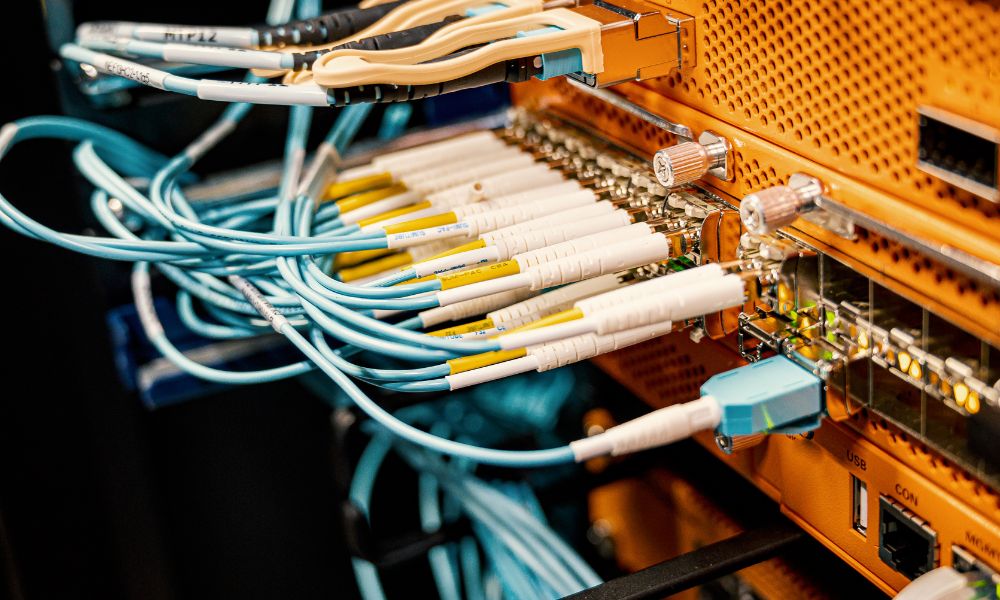
The specific functions and advantages of each type of installation:
- Structured Cabling Installation: Structured cabling simplifies network management, facilitates changes and additions, and ensures uniform connectivity throughout a building. Its advantages include scalability, ease of troubleshooting, and support for various applications.
- Fiber Optic Installation: Fiber optic installation provides high-speed data transfer, immunity to electromagnetic interference, and the ability to cover longer distances. It is crucial for applications requiring ultra-fast and reliable connectivity.
- Data Center Cabling: Data center cabling installation optimizes data processing and storage within data centers, ensuring high availability and minimal downtime. It supports the rapid transfer of large volumes of data.
Importance of Professional Installation
Trained professionals have the knowledge and experience to plan and execute cabling projects effectively. Professional installers ensure that cables are correctly installed, reducing the risk of connectivity issues and downtime. They adhere to industry standards and safety regulations, ensuring installations meet required guidelines.
In summary, understanding cabling installation involves recognizing its critical role in network connectivity, differentiating it from other network setup aspects, and acknowledging the advantages of professional installation. Choosing the right cabling installation method depends on specific requirements and objectives, ensuring that networks function reliably and efficiently.
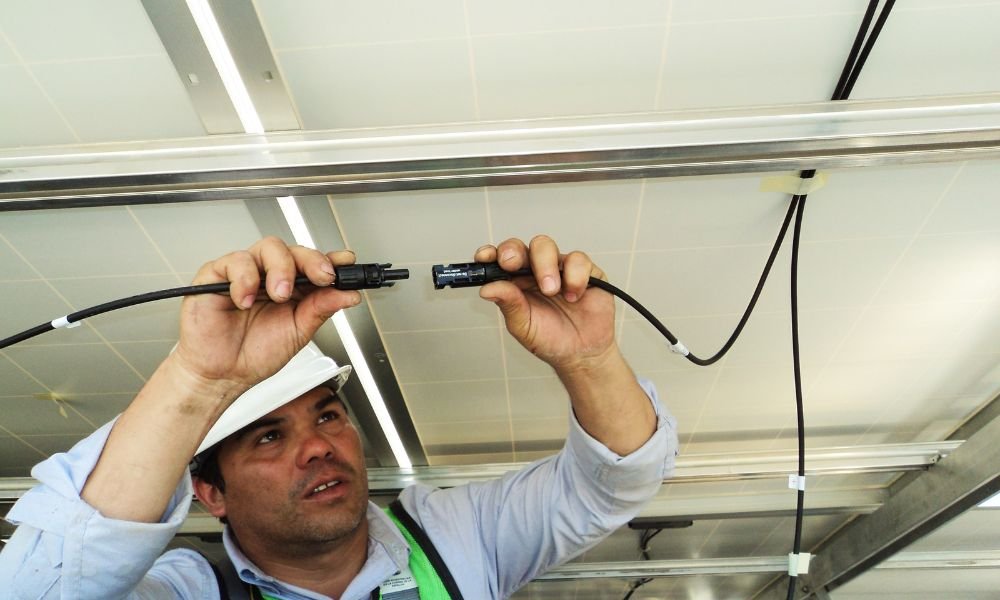
Planning Your Cabling Installation
The Planning Phase
The planning phase is the cornerstone of any successful cabling installation project. It sets the stage for a structured and efficient deployment while avoiding potential pitfalls. Here’s why planning is crucial:
- Efficiency: Planning allows you to identify the most efficient way to route cables, minimizing unnecessary detours and ensuring optimal cable lengths.
- Future-Proofing: By assessing your current and future network needs, you can select cabling solutions that accommodate growth and emerging technologies, saving time and resources down the road.
- Cost Savings: Effective planning helps you avoid overspending on excess cable or making costly mistakes during installation.
- Minimized Disruption: Careful planning minimizes disruptions to your operations since you can schedule installations during low-impact periods.
The guidance on assessing current and future network needs:
- Current Network Assessment: Begin by understanding your existing network infrastructure. Document the types of devices, the number of users, and the bandwidth requirements.
- Future Network Growth: Consider your organization’s growth projections. Will you need additional devices, higher bandwidth, or expanded coverage in the near future? Plan for these changes.
- Technology Trends: Stay informed about emerging technologies. If your industry is adopting new tools or applications, ensure your cabling installation can support them.
- Physical Layout: Assess the layout of your building or workspace. Identify ideal cable routes, equipment locations, and potential obstacles.
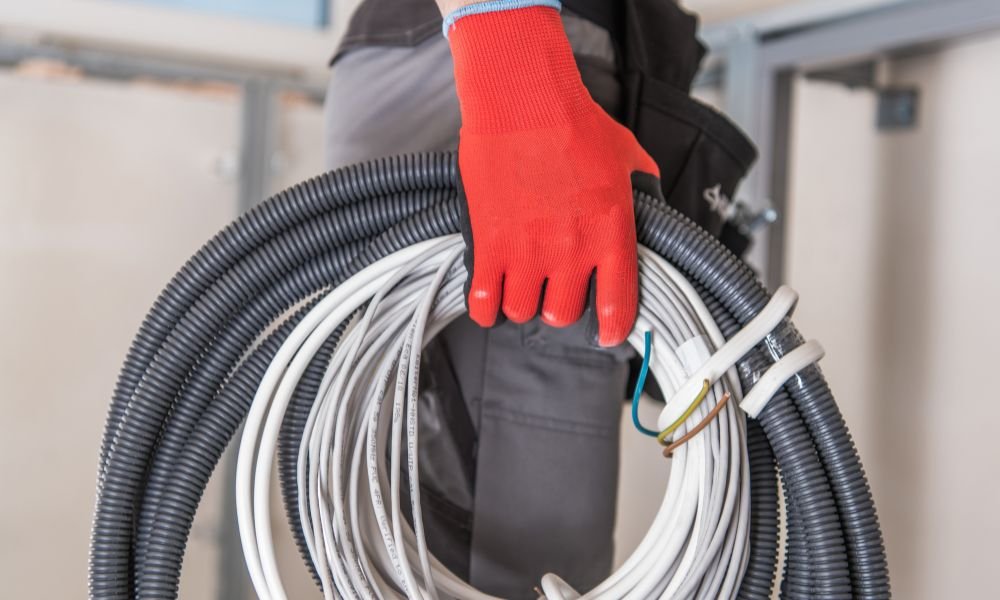
Site Survey and Design
- Site Survey: Conduct a site survey to physically inspect your premises. This step helps you identify factors that can impact the cabling installation, such as structural elements, obstructions, and access points.
- Optimal Cable Routes: During the site survey, determine the most efficient cable routes. Consider factors like cable length, proximity to electrical sources (to avoid interference), and accessibility for future maintenance.
- Equipment Placement: Plan the location of network equipment, such as switches, routers, and patch panels. Ensure these are strategically positioned to minimize cable runs and reduce latency.
- Cabling Standards: Adhere to cabling standards and regulations. Ensure that your installation meets industry standards for safety, performance, and compliance.
By emphasizing the importance of planning, including site surveys and thoughtful design, you set the stage for a successful cabling installation project that not only meets your current needs but also anticipates future growth and technological advancements.
Cabling Installation Process
Cable Routing and Management
Efficient cable routing and management are essential for a tidy and functional cabling installation. Here’s a step-by-step guide:
- Cable Tray Installation: Begin by installing cable trays or raceways along predetermined routes. These provide secure pathways for cables and protect them from physical damage.
- Conduit Installation: If necessary, place conduits in areas where cables need additional protection. Conduits shield cables from environmental factors and offer an extra layer of security.
- Cable Laying: Carefully lay cables within cable trays or conduits, following the planned routes. Ensure that cables are not kinked or excessively bent, as this can affect performance.
- Cable Management: Use cable ties, clips, and Velcro straps to secure and organize cables. Keep different types of cables separated to prevent interference.
- Labeling: Label both ends of each cable with identifiers for easy tracing and maintenance. Document cable paths and connections for future reference.
- Dressing: Dressing involves arranging cables neatly within racks or enclosures. This step enhances airflow, reduces the risk of cable damage, and simplifies troubleshooting.
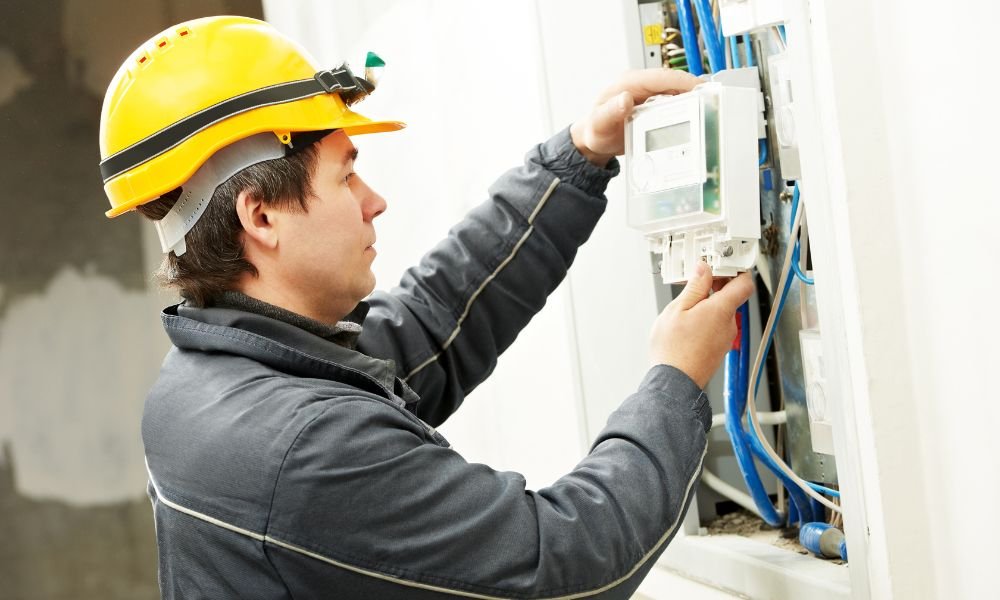
Tips for organizing and securing cables efficiently:
- Color-Coding: Use color-coded cables or labels to differentiate between cable types or purposes, simplifying identification and maintenance.
- Cable Length Management: Cut cables to the appropriate lengths to reduce excess slack and clutter.
- Service Loops: Include service loops at cable terminations to accommodate future changes or repairs without disrupting the entire cable run.
- Regular Inspections: Periodically inspect and reorganize cables to maintain tidiness and identify any issues.
Termination and Testing
- Termination: Termination involves attaching connectors to the ends of cables. This step can vary depending on the type of cable and connector used. It’s crucial to follow manufacturer specifications and industry standards for termination.
- Connector Types: Common connector types include RJ45 for Ethernet cables and SC or LC connectors for fiber optics. Each requires specific termination techniques.
- Testing: After termination, testing is essential to ensure proper functionality. Cable testers and certification tools can verify that cables meet performance standards and have low signal loss.
Safety Measures and Compliance
Installers should wear appropriate safety gear, including helmets, gloves, and safety glasses, especially when working in construction sites or industrial settings. Take precautions when working near electrical components or power sources. Ensure that cables are not damaged or exposed to electrical hazards. Consider environmental factors like temperature, humidity, and exposure to corrosive substances when choosing cables and connectors. Adhere to industry standards, such as TIA/EIA for structured cabling or ISO/IEC for international cabling standards, to ensure compliance and interoperability.
By emphasizing proper cable routing, termination, testing, and adherence to safety measures, you can ensure a well-executed cabling installation that not only functions reliably but also minimizes risks and future maintenance efforts.
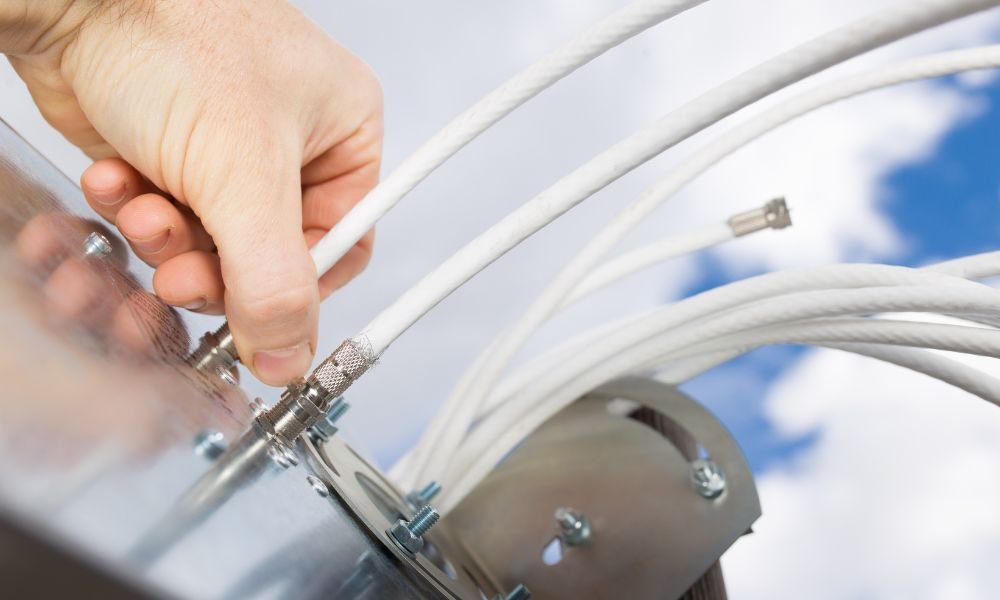
Quality Assurance and Testing
Quality Control
Quality control checks are critical to ensure that the cabling installation meets performance standards and functions reliably. Here’s why they are essential:
- Reliability: Quality control checks help identify and rectify any installation issues or defects that could lead to unreliable connections or downtime.
- Performance: By inspecting cables, connectors, and terminations, you can ensure that they meet or exceed the required performance specifications.
- Longevity: Proper quality control increases the lifespan of the cabling infrastructure, reducing the need for frequent replacements or repairs.
Testing and Certification
- Cable Testers: Cable testers evaluate the electrical or optical properties of cables to ensure they meet specified standards. They can identify issues like signal loss, crosstalk, and impedance mismatches.
- Certification Equipment: Certification equipment goes a step further by providing detailed performance reports and verifying compliance with industry standards. It assesses parameters like attenuation, NEXT (Near-End Crosstalk), and return loss.
Trends and Innovations in Cabling Installation
Advancements in Cabling Technology
- Higher Bandwidth: Recent cabling innovations have led to higher bandwidth capabilities, enabling faster data transmission. Technologies like Cat8 Ethernet cables offer significantly increased speeds, making them suitable for bandwidth-intensive applications.
- Energy-Efficient Materials: Innovations in cabling insulation materials have resulted in energy-efficient cables. These cables not only transmit data effectively but also contribute to reduced power consumption in data centers and network infrastructure.
How these innovations meet the evolving demands of modern networks?
- Data Intensity: As data-intensive applications become more prevalent, higher bandwidth cables are crucial to meet the demands of streaming, cloud computing, and data analytics.
- Green Initiatives: Energy-efficient cabling materials align with sustainability efforts, reducing the environmental impact of network infrastructure.
Sustainability in Cabling
Sustainable cabling materials focus on reducing environmental impact. This includes using recyclable or biodegradable materials for cable insulation and sheathing. Energy-efficient cabling and network components consume less power, leading to reduced energy costs and a smaller carbon footprint.
The Role of Cabling Installation in Future Technologies
- 5G Infrastructure: Cabling installation is fundamental to the deployment of 5G networks, which require low-latency, high-speed connections for optimal performance.
- IoT Connectivity: The Internet of Things relies on robust cabling infrastructure to connect a multitude of devices. Proper cabling supports real-time data exchange and analytics.
- Smart Buildings: Cabling installation is at the core of smart building technology, enabling features like automated lighting, climate control, and security systems.

